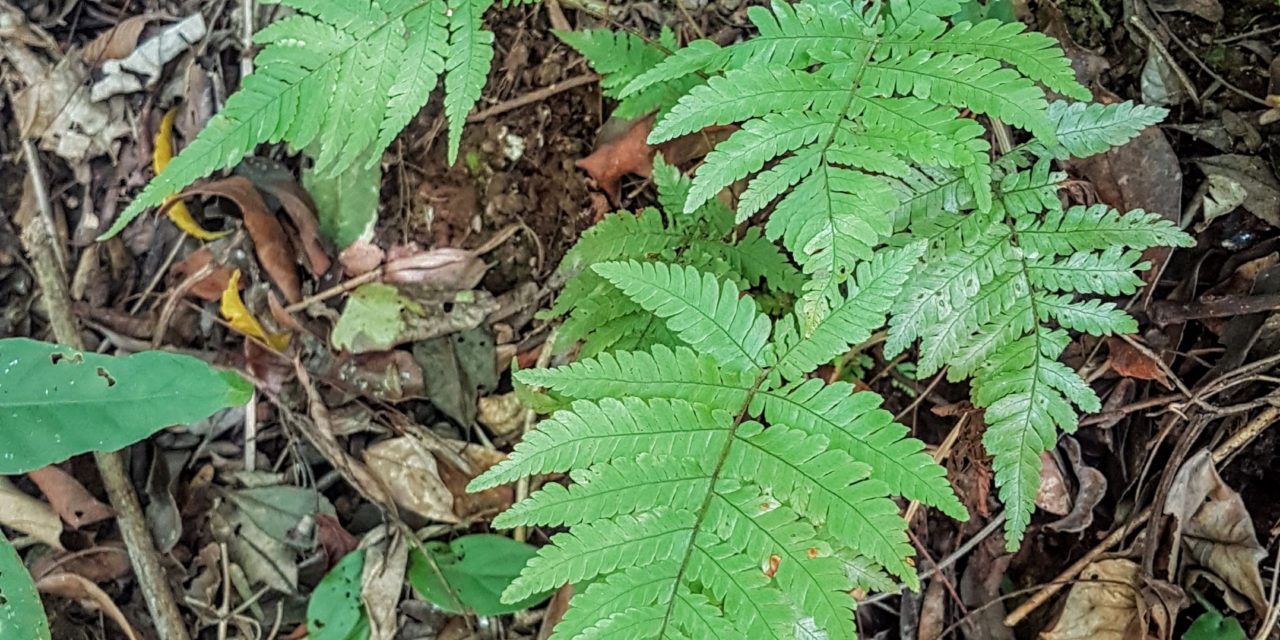

With this, you can keep track of the environment for your plant and closely monitor any changes. It’s pretty easy to keep an eye on this, if you have a hygrometer in your home, like this one on Amazon. The raindrop peperomia likes cool and humid conditions – the ideal temperature being 65 to 80 degrees Fahrenheit (18 to 26 degrees Celsius). You May Also Enjoy: The Resurrection Plant: A Guide to Care and Maintenance But don’t forget, it will need some periods of darkness in order to thrive as there are a lot of things happening throughout the night. The stretched part of the plant may not retreat, but a little gentle pruning would take care of that. However, this isn’t a major issue as you can shift the plant’s location so that it could receive enough light. In other words, the plant could stretch towards any available light source. If the plant doesn’t get the amount of light it needs, it could reach out for it. When placed outdoors, it should be kept under the protection cover of a large tree or in some kind of shade. There shouldn’t be any direct sunlight exposure as that could cause the leaves to dry out and even burn. If you’re struggling, you can always invest in some LED lights like these on Amazon. The window should be west or east-facing so that good light is guaranteed either during mornings or later in the afternoons. But to optimally maintain the plant inside the house, ensure you place it close to a window in bright light. The plant can grow both indoors and outdoors. Otherwise they’ll just rot and can bring on some unwanted problems to your plant. You’ll usually find them growing atop the stems.įlower Removal! Make sure you get rid of the flowers when they have completely faded. By the way, these flowers don’t tend to last very long – usually a few weeks. And contrary to what the plant’s name might indicate, the flowers don’t smell like pepper. The flowers themselves offer a pretty sweet smell. These consistent of many individual flowers. Some peperomia species may have prominent flower spikes. These certainly aren’t your regular looking flowers. To some, these flowers may also look like a bushy spike. You’ll find it makes some interesting looking flowers that resemble the tail of a mouse. The color is dark green with a glossy sheen and some pale green underneath. The plant’s leaves are heart-shaped, shiny, and pretty thick. The stems of the plant are pretty sturdy and you’ll find the leaves are fleshy and quite succulent – primarily due to the water they store to help them tide through the dryer periods. They tend to look pretty good sat on a windowsill alongside an indoor herb garden. The limited height makes the plant ideal for balconies, containers, and compact indoor spaces. The height range usually though is 8 to 12 inches. A few of them, however, could grow more than a foot – may be up to a couple of feet. Though some may have a different appearance, they are usually quite similar in terms of their height. It’s native to South America’s tropical regions, which include parts of Peru and Colombia.Īs mentioned before, the raindrop peperomia doesn’t grow taller than one foot. Some even mistakenly refer to it as the ‘Chinese money plant’ since the two have similar looking leaves. The plant belongs to the Piperaceae family aka the pepper family.īesides those names, the plant is also called coin plant or coin-leaf peperomia.

The name peperomia is a Greek name, which means ‘resembling paper’. Within botanical gardens, raindrop peperomia doesn’t grow any bigger than one foot, which makes it quite an ideal house plant. Scientifically, it’s known as the peperomia polybotrya. The raindrop peperomia is an easy-to-care for, fairly compact indoor plant with succulent, heart-shaped foliage. Raindrop Peperomia: A Brief Intro to the Plant Things to Consider When Buying a Raindrop Peperomia.Raindrop Peperomia: Pests and Diseases, and Safety.Propagating Raindrop Peperomia Using Stem Cuttings.Propagating a Raindrop Peperomia Using Leaf Cuttings.The Underwatering and Overwatering Problem.Temperature For Your Raindrop Peperomia.



 0 kommentar(er)
0 kommentar(er)
